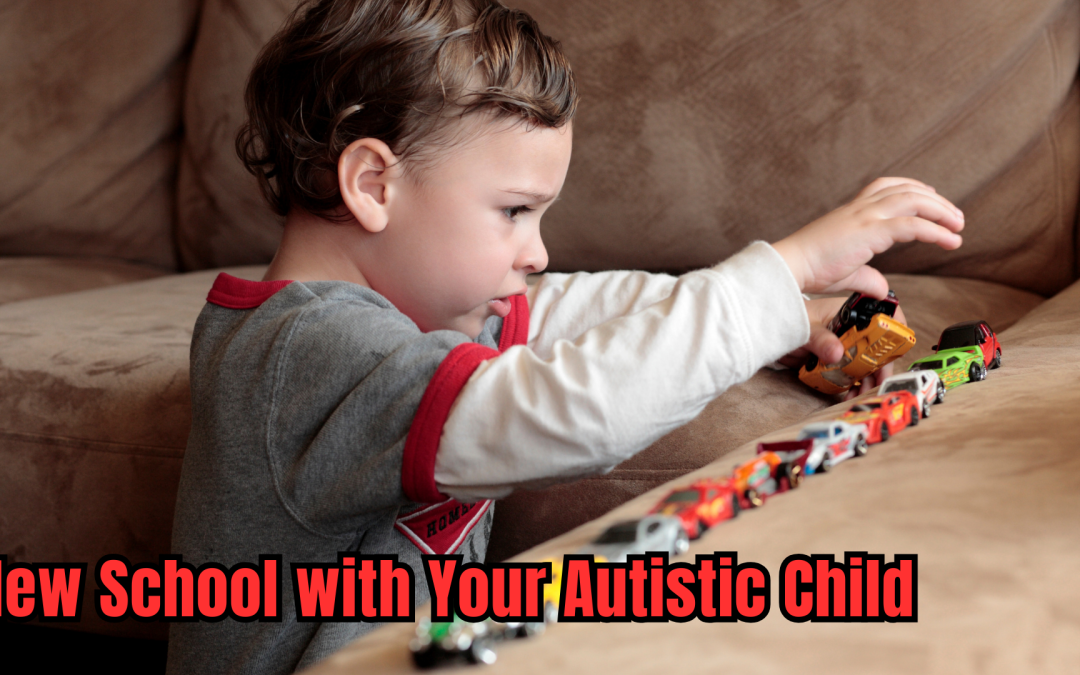Starting a new school is a big deal for any kid—but when your child is autistic, that leap can feel more like a high-wire act… with no net and a crowd watching. But don’t worry, you have got this—and so does your child, whether either of you feel prepared or not.
Big Changes
Whether it’s a change in schools because of a move, a grade transition, or a better fit like more resources, this new environment brings a mix of excitement, nerves, and roughly 43 questions per minute (some from you, some from your kid). The hardest thing for children with autism is the change itself, let alone the fact that schools look big, loud, and mysterious. Help de-mystify the new place by visiting ahead of time. Walk the halls, find the classroom, check out the bathroom (yes, it matters), and meet the teachers if they are around. Even just seeing where lunch happens can ease a lot of anxiety for your child and help them feel more prepared the day of, and help lessen any meltdowns.
Include photos of the school, teacher, bus, and maybe even your child’s backpack to help make the transition smoother. It doesn’t have to be fancy or super detailed, but enough so your kid can feel prepared and know what to expect. The goal is to paint a picture of what the new routine will look like. It also can’t hurt to run through getting dressed, packing the bag, and driving to school (or to the bus stop) so the first day doesn’t feel like a total shock.
Take a Breath (for Both of You)!
It’s okay to say, “This will be new, and new things can feel a little weird at first—but we’ll figure it out together.” You are not promising perfection, but you are reinforcing safety and support, even if your child does not fully understand. Make sure you share with their teachers what helps your child feel comfortable, how they communicate best, and what to look out for. Day one might be a lot, and might still be stressful. But don’t worry, and make sure you celebrate the effort made by you and your child.
Transitions are rarely smooth sailing, but with some planning, patience, and maybe a snack stash in your glovebox, you and your child can take this next step with confidence.
Katie Kyzivat
